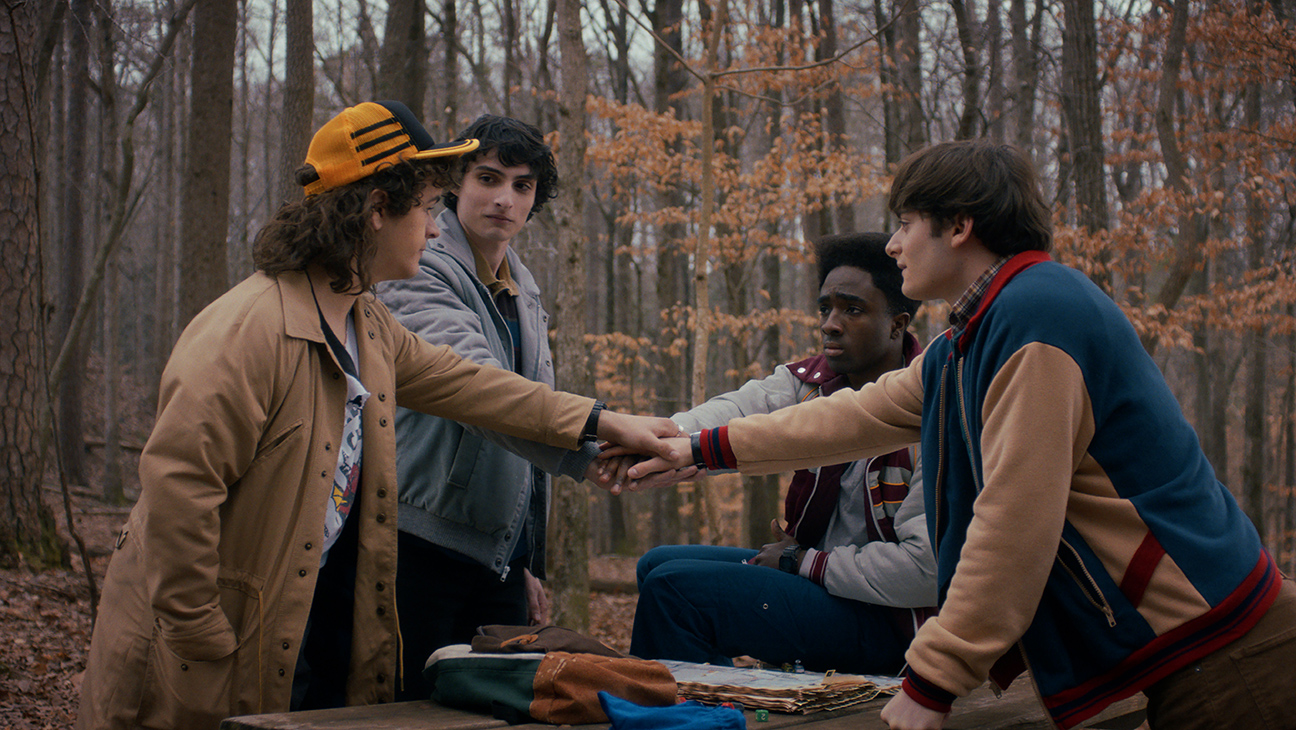The Decommissioning of a Cultural Asset
Let us dispense with the pleasantries and fan-centric hyperbole that saturates the media landscape. The end of Stranger Things is not a bittersweet farewell to beloved characters. It is not merely the conclusion of a story arc. From a strategic perspective, this is the carefully managed, long-overdue decommissioning of a cultural and financial asset that has reached peak valuation. Netflix is not ending a show; it is executing the final phase of a multi-billion-dollar product lifecycle. The trailers, the teasers, the carefully timed release of information from the Duffer Brothers—this is not art. This is a meticulously planned marketing campaign designed to extract maximum shareholder value from a flagship intellectual property before it enters its inevitable period of decline. The rumored 2025 release date isn’t about creative necessity; it’s about market timing, about finding a slot in the fiscal calendar where this behemoth can do the most good for a quarterly report that will be scrutinized by Wall Street with predatory intensity. Are we really to believe that two years are required purely for post-production? Or is it more plausible that Netflix is positioning its final trump card in a high-stakes game against rivals who are gaining ground every single day?
An Empire Built on Nostalgia
To understand the gravity of this moment, one must revisit the history. Stranger Things did not just debut on Netflix; it arguably built the modern Netflix. It arrived in 2016, a time when the concept of a “streaming original” was still a novelty, a gamble. It was a perfect storm of 80s nostalgia, Amblin-esque adventure, and genuine horror that captured the zeitgeist in a way few properties ever have. It became more than a show; it was a cultural touchstone, a marketing juggernaut that sold Eggo waffles and brought Kate Bush back to the top of the charts decades later. This series was the proof-of-concept for Netflix’s entire content strategy: spend astronomical sums to create event television that dominates the cultural conversation, driving subscriptions and justifying the platform’s existence. For years, it worked flawlessly. But empires built on a single pillar are inherently unstable. What happens when that pillar begins to crumble?
The streaming landscape of 2025 is a brutal, unforgiving battlefield, a far cry from the open territory of 2016. Disney+, HBO Max (or whatever it’s called this week), Amazon Prime—they all have their own cultural juggernauts. Netflix is no longer the undisputed king; it is a monarch under siege. The company has been hemorrhaging cash, experimenting with ad-supported tiers, and cracking down on password sharing. These are not the actions of a confident market leader. They are the desperate maneuvers of a company staring into the abyss. In this context, the end of Stranger Things becomes a terrifyingly significant event. It represents the last guaranteed win in their arsenal. After the final episode airs and the credits roll, what’s next? What other property in their vast, algorithmically-generated library commands this level of global devotion and market-moving power? The answer, quite simply, is none. This isn’t just the end of a show; it’s the end of an era for Netflix, the end of its imperial phase.
The Illusion of Creative Control
The Duffer Brothers are frequently positioned as the masterminds, the auteurs with a singular vision. And while their creative talent is undeniable, to ignore the corporate machinery behind them is willfully naive. The ’10 Things You Need to Know’ articles and the carefully curated interviews are part of a well-oiled PR machine. The narrative is always one of creative integrity—that the story has reached its natural conclusion. But has it? Or has the cost of production, with actor salaries soaring into the stratosphere and visual effects budgets rivaling blockbuster films, simply become untenable in the current economic climate? A single episode of Season 4 reportedly cost $30 million. Let that number sink in. That is not sustainable, not even for Netflix. Ending the series now allows them to go out on a high, to control the narrative of a dignified conclusion rather than face the slow, painful death of diminishing returns and audience fatigue. It is a calculated retreat, framed as a heroic last stand.
Consider the alternative. They could, in theory, continue the show indefinitely, milking the cash cow for all it’s worth. But the lesson of history is clear. Look at Game of Thrones. Its final season is a cautionary tale, a masterclass in how to incinerate years of goodwill and cultural capital through a rushed, unsatisfying conclusion. Netflix and the Duffers have undoubtedly studied that failure. They know that a poorly received ending could permanently tarnish the brand, damaging its lucrative long-tail value in merchandising, syndication, and future spin-offs. So, they choose to end it, not purely for the sake of the story, but to protect the long-term viability of the Stranger Things universe. This is asset protection, plain and simple. The final season is a loss leader, an enormous expenditure designed to cement the franchise’s legacy and pave the way for a new, more cost-effective phase of existence: a universe of spin-offs. An animated series? A prequel about Eleven’s predecessors in the lab? A series about a different town plagued by the Upside Down? The possibilities are endless and, more importantly, cheaper to produce. The main series is being sacrificed for the greater good of the franchise.
Weaponizing the Hype Cycle
The two-year gap, the drip-feed of information, the “fiery” final trailer—this is a masterclass in weaponizing the hype cycle. The entire strategy is predicated on manufactured desperation. By making the audience wait, by starving them of content, Netflix ensures that the final season’s debut will be a monumental event. It will dominate social media, drive a massive surge in new and returning subscriptions, and provide a much-needed shot in the arm for the company’s stock price. Every blog post, every tweet, every speculative YouTube video is free marketing, building a crescendo of anticipation that money cannot buy. They are not just selling a TV show; they are selling a shared global experience, a final chance to be part of the conversation before it’s gone forever. It is a brilliant, if cynical, strategy.
But what does it say about the state of entertainment when the marketing campaign becomes more significant than the product itself? The actual content of Season 5 is almost secondary to the event of its release. Will it be good? Perhaps. Will it be satisfying? Who knows. But will it be watched? Absolutely. It will be consumed by hundreds of millions of people, not all of whom are even die-hard fans. Many will watch simply to be included, to avoid the social media spoilers, to witness the end of a phenomenon. And for Netflix, that is all that matters. Clicks, views, subscriptions. The quality is a bonus; the engagement is the objective. This is the cold calculus of the streaming wars. We are not an audience to be entertained; we are a dataset to be managed, a resource to be exploited. And Stranger Things 5 is the ultimate tool for that exploitation.


